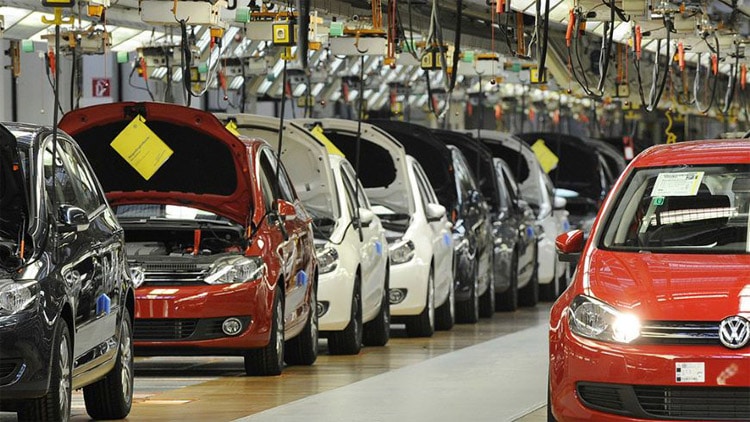The Wheels- They Started Turning automobile industry. It all started as a humble attempt by Nicolas J. Cugnot in 1769 to design an automobile to run on roads. A self-powered, three wheeler military tractor was what he designed, relying on a model of the steam engine invented by James Watt in 1763. The success achieved by this automobile was rather limited as it was when tested, found to run for only fifteen minutes and certain design limitations made it too heavy and bulky to be driven around. In spite of these failures, Cugnot’s tractor stirred the movement to look for features and aspects to improve the vehicle and the foundations of the automobile industry had been laid.
A series of failures and inadequacies later, in 1885, Karl Benz realized the first ever practical automobile with a petrol engine. Patented in 1886, Benz, of present-day Mercedes Benz fame began production of automobiles in 1888.
Henry Ford followed close on Benz’s heels and initiated the bulk production of cars, and this is often regarded as the true coming of age of the automobile industry. The customer base expanded and transcended socio-economic boundaries and sparked off a general public acceptance of cars as the preferred means of transport.
The Indian connection
The automobile industry in India is one of the most progressive ever with an annual turnover of more than $35 billion. It manufactures more than ten million vehicles every year. Almost 13% of these are exported. In the Indian context, two-wheelers are the most in demand followed by passenger cars.
Automobile Industries in India look for solutions to make vehicles affordable, innovative and cost-effective. Mileage is another factor the country is obsessed with as is apt in the present day scenario of dwindling oil resources and high costs.
Teeming with national and international investors, the Indian automobile scene is quite a profitable one and the nation is expected to have 611 million vehicles on roads by 2050.
Notwithstanding access to only a limited set of technologies, the automotive industry in India attracts foreign investors owing to cheap labor and a well-defined tax structure in the country.
Ownership
At present, the automobile industry has stakeholders in government as well as private sectors. There are in fact several international companies which have adopted fresh approaches in terms of their design features as well as kinds of automobiles produced, especially to suit the Indian audience.
Emissions
“Bharat Stage” is the set of standards for emission being implemented in stages all over the country. These norms follow the European standards and are deemed more effective in lowering the pollution levels.
Clientele and global share
Despite the rapid growth rate of 30% for the last seven years as associated with the Indian automobile industry, the global presence of the Indian market is quite low. At a mere 3.28%, India’s share in the production sector is a rather dismal figure.
Towards the future
It has been acknowledged that this is a highly competitive industry. With reference to India which lacks cutting edge technological infrastructure, the importance of research and development assumes colossal dimensions. The Government of India has shouldered its responsibilities and formulated the Automotive Mission Plan 2006–2016 in order to stimulate developments and enhance performance of Indian companies in this industry. It is also important because of the foreign direct investments they attract in addition to national development that they assure.


Self drive car rental fleet. Compare your car from 1500 vendor at 50000 location. Booking takes only 2 minute.